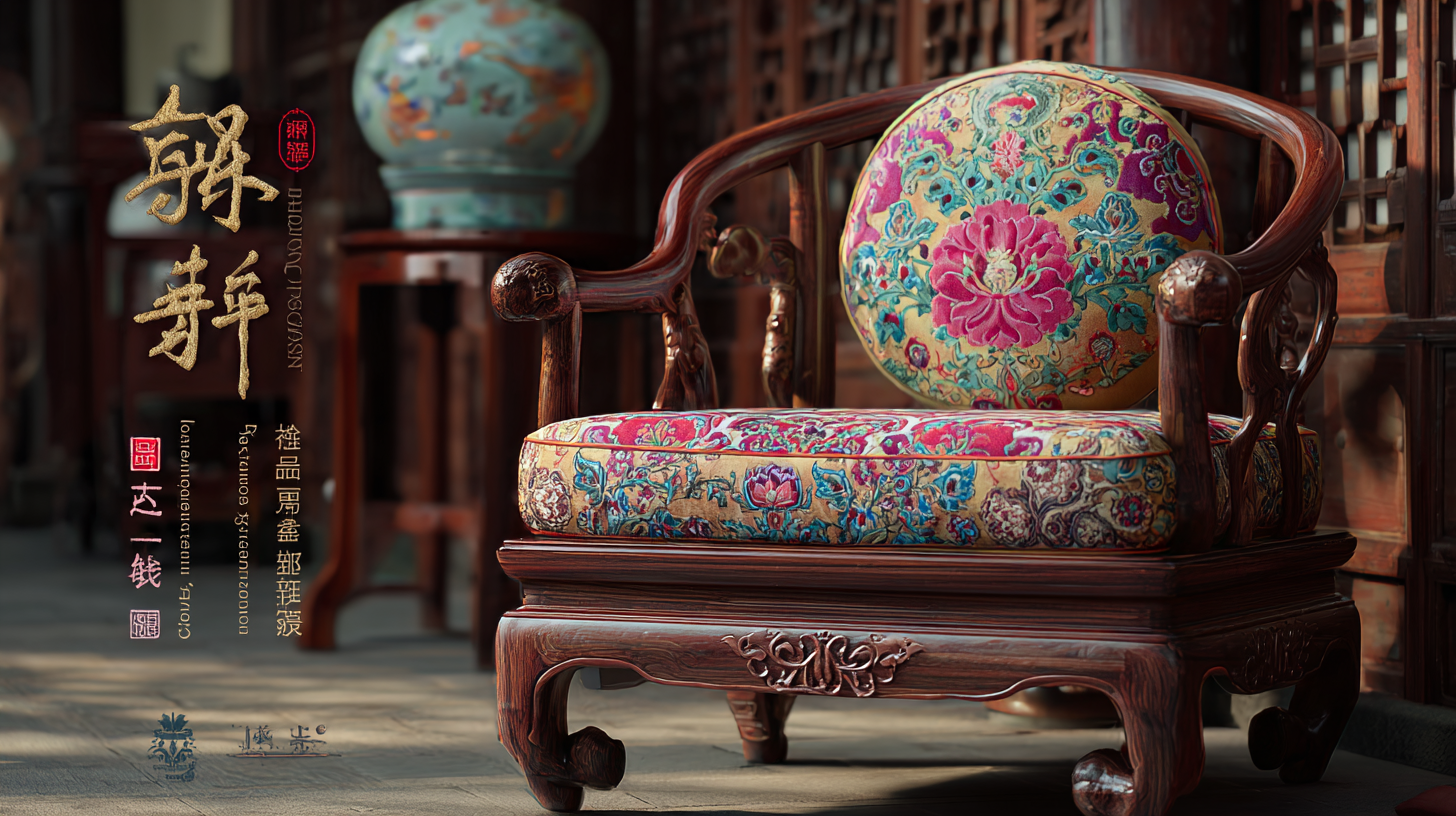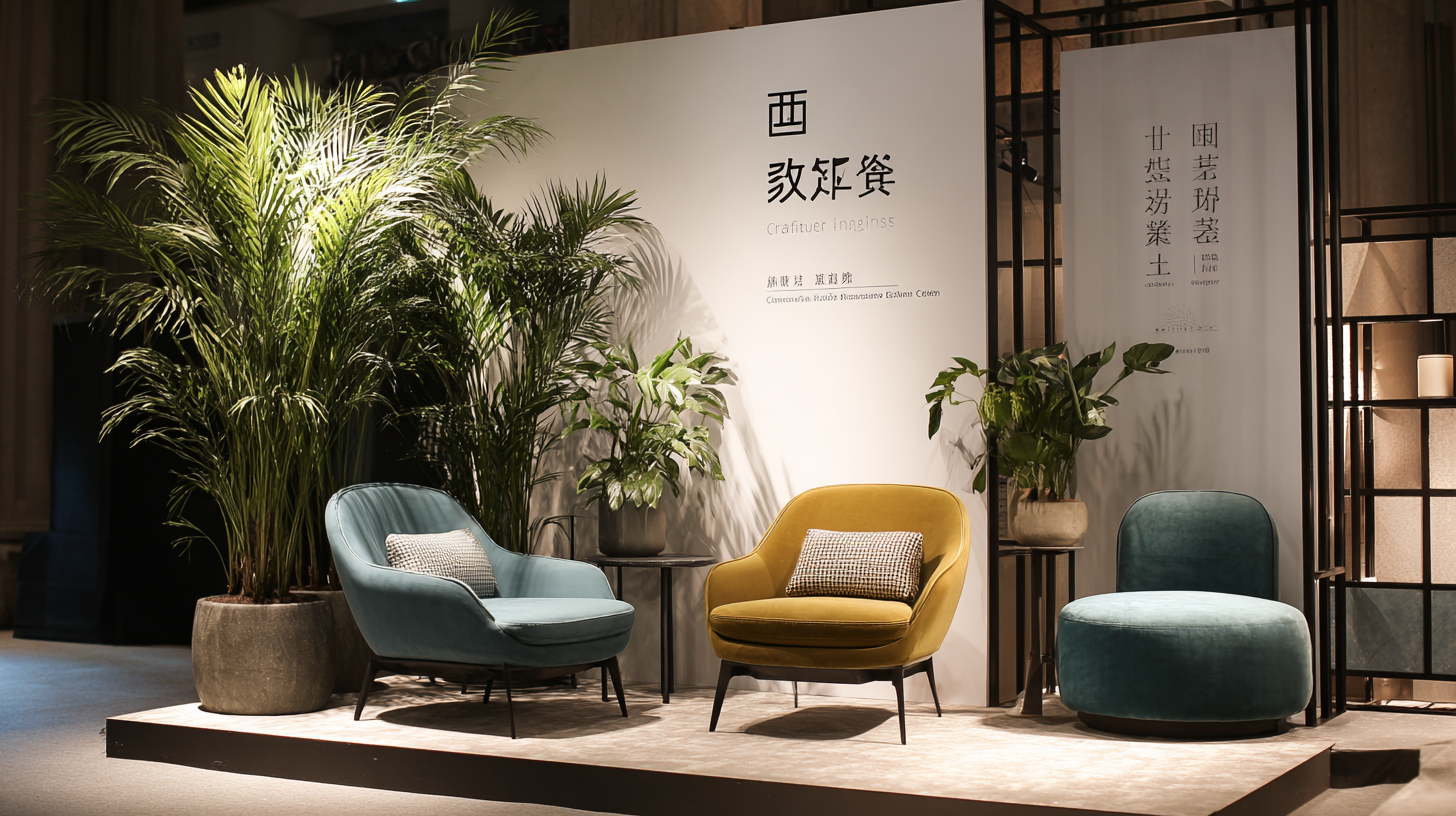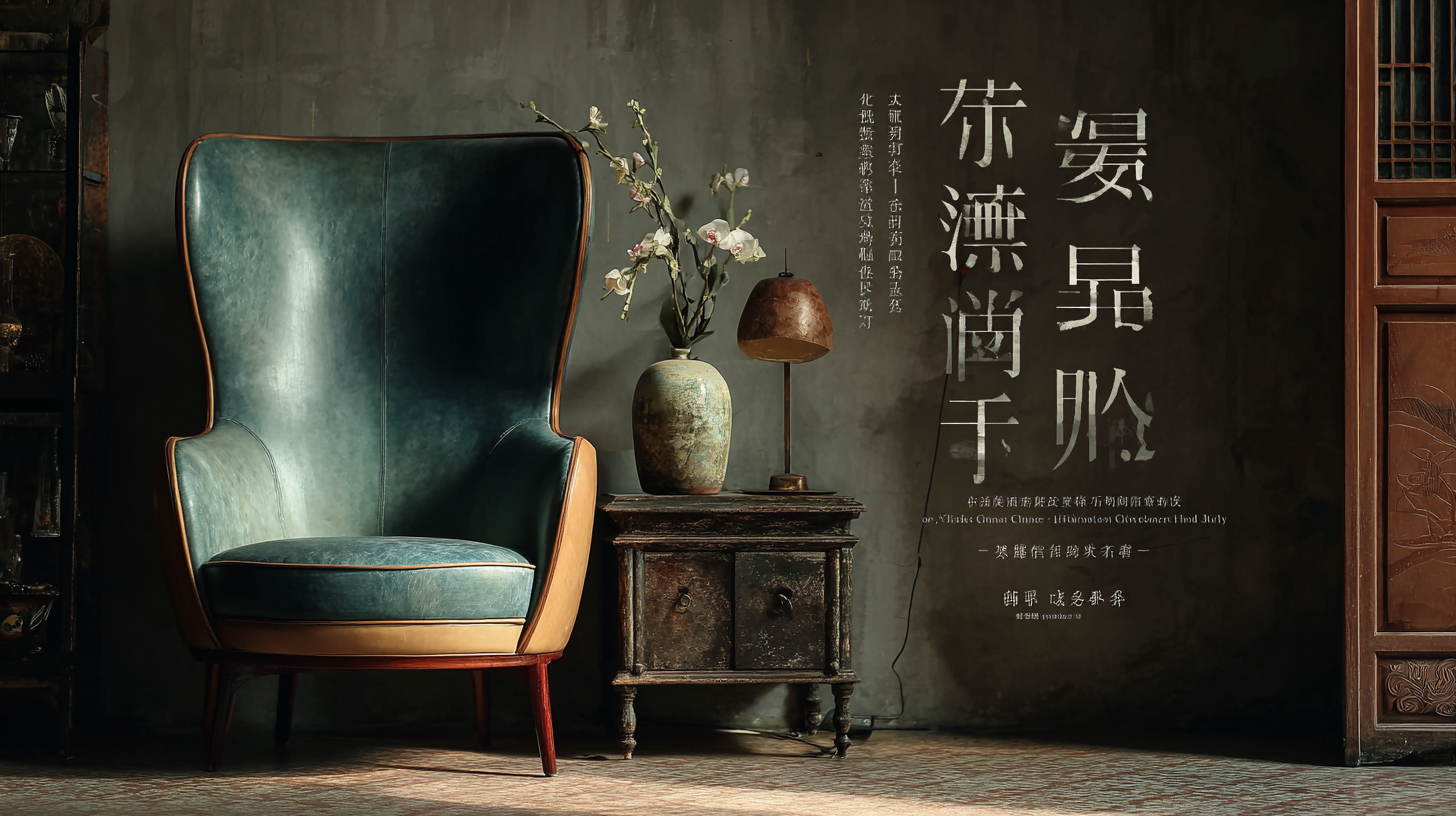Craftsmanship Redefined Chinese Innovation in Best Home Chairs for Global Comfort
As the global demand for home chairs continues to rise, driven by a growing emphasis on comfort and aesthetics, the craftsmanship in this sector has transformed dramatically. According to a recent report by Market Research Future, the global home furniture market, valued at over $600 billion in 2020, is projected to reach $800 billion by 2026, highlighting the increasing consumer focus on quality and design. Chinese manufacturers are at the forefront of this innovation, combining traditional craftsmanship with modern technology to redefine comfort in home chairs. This shift not only enhances the end-user experience but also emphasizes the importance of after-sales service advantages and reduced maintenance costs, which are crucial for long-term customer satisfaction. As we explore this dynamic landscape, it becomes clear that the evolution of home chairs represents a significant intersection of comfort innovation and consumer care.

The Evolution of Craftsmanship in Chinese Chair Design
The evolution of craftsmanship in Chinese chair design reflects a rich tapestry of cultural heritage and modern innovation. Historically, Chinese furniture has been celebrated for its intricate joinery and the use of natural materials, emphasizing not only functionality but also aesthetic beauty. Traditional designs, such as the Ming and Qing dynasty chairs, showcased exquisite craftsmanship, where artisans applied hand-carving techniques that highlighted the skill and dedication required. These pieces were not merely furniture but embodied a philosophy that harmonized beauty with everyday utility.

In recent years, there has been a significant shift towards redefining this craftsmanship through contemporary innovations. Designers are now blending age-old techniques with modern technology, creating chairs that echo traditional forms while catering to global tastes. This synthesis has led to a new era of design where ergonomic features are seamlessly integrated into elegant silhouettes, offering comfort without sacrificing style. As Chinese chair design evolves, it not only preserves its storied legacy but also positions itself on the global stage, showcasing how craftsmanship can adapt and thrive in an ever-changing world.
Technological Innovations Shaping Comfort and Ergonomics in Home Chairs
In the realm of home furniture, the intersection of traditional craftsmanship and cutting-edge technology is redefining the way we experience comfort in chairs. Chinese innovation has taken center stage, seamlessly blending ergonomic design with modern materials to create seating solutions that cater to the diverse needs of global consumers. Each chair represents a synthesis of centuries-old crafting techniques and the latest advancements in ergonomics, ensuring that comfort is not compromised.
Recent technological innovations have introduced smart features into home chairs, such as adjustable lumbar support and temperature-responsive materials. These advancements allow for personalized comfort adjustments, enhancing the overall user experience. Additionally, sustainable practices are becoming integral to chair production, with manufacturers leveraging eco-friendly materials that do not sacrifice quality. This commitment to both comfort and environmental responsibility reflects a broader trend in the furniture industry, where consumers increasingly seek products that align with their values and contribute to a healthier living space.
Innovation in Home Chair Comfort: A Comparative Analysis
This chart illustrates the evaluation of various comfort and ergonomic factors in home chairs, highlighting significant advancements in Chinese innovation.
A 2025 Industry Checklist for Selecting the Best Home Chairs
When selecting the best home chairs, it's essential to consider several key factors that ensure comfort and craftsmanship. The first item on the checklist is ergonomics. A chair designed with proper support for the spine can make a significant difference in daily comfort, especially for those who spend long hours seated. Look for chairs with adjustable features that allow customization according to individual body types, ensuring that everyone can find their perfect fit.
Another crucial factor is the materials used in the chair's construction. High-quality fabrics and sturdy frames not only enhance durability but also contribute to the overall aesthetic of your home. Emphasizing Chinese craftsmanship, many modern chairs incorporate innovative materials that provide both comfort and style. This blend of traditional techniques with contemporary design ensures that these chairs are more than just functional—they are also statements of artistry in your living space.
Lastly, pay attention to the chair’s footprint in your home. Consider the balance between size and functionality. A well-designed chair should occupy its space elegantly without overwhelming the room. By focusing on these key elements—ergonomics, quality materials, and appropriate sizing—you can navigate the flourishing market of home chairs and select pieces that offer global comfort while showcasing the latest in Chinese innovation.
Exploring Sustainable Materials in Modern Chair Production
In the realm of modern design, the focus on sustainable materials is transforming the production of home chairs, merging craftsmanship with innovation. The recent exhibition "Long Life Design: Thinking and Practice" at the Shanghai Pearl Art Museum highlights the significance of durable design, reflecting a commitment to environmental consciousness. It brings together various dialogues on how contemporary digital technologies, such as 3D printing, are reshaping our approach to using natural materials.
Now, more than ever, designers are rethinking traditional methods in favor of innovative practices that prioritize the Earth. The integration of generative AI in sustainable design not only aids in creating more efficient production processes but also ensures the longevity of the products. As we explore the comfort and functionality of home chairs, it is crucial to recognize that the materials used reflect our values and priorities. This approach ensures that the craftsmanship behind each piece is not only about aesthetics but also about creating a positive impact on our environment.

Global Trends in Home Chair Aesthetics and Functionality
The contemporary landscape of home chair design embodies a fusion of aesthetics and functionality, reflecting global trends that prioritize comfort and cultural significance. As seen in major design events like the Stockholm Furniture Fair 2025 and Milan Design Week, innovation transcends traditional boundaries. Designers are increasingly drawing from diverse cultural inspirations while integrating sustainable practices, ultimately reimagining our living spaces to harmonize with modern lifestyles. Australian and North European influences are particularly resonant, emphasizing simplicity and durability.
The growing demand for outdoor and leisure furniture is indicative of a broader shift towards versatile home environments. Predictions highlight a robust market for rocking chairs and Adirondack chairs, projected to reach $3.2 billion by 2032, underscoring a desire for comfort that extends into outdoor settings. With the global steel furniture market also expanding, reaching $100.95 billion by 2033, we see a collective movement towards materials that merge resilience with design. This evolution in home chair aesthetics showcases a commitment to innovation, comfort, and connectivity across cultures, positioning Chinese craftsmanship prominently on the global stage.
Craftsmanship Redefined: Chinese Innovation in Best Home Chairs for Global Comfort
| Chair Type | Materials Used | Comfort Rating (1-10) | Design Style | Target Market |
|---|---|---|---|---|
| Mid-Century Modern Chair | Wood, Upholstered Fabric | 9 | Modern | Urban Professionals |
| Ergonomic Office Chair | Mesh, Steel, Foam | 10 | Contemporary | Remote Workers |
| Lounge Chair | Leather, Wood | 8 | Classic | Luxury Buyers |
| Folding Chair | Plastic, Metal | 7 | Minimalistic | Families & Events |
| Rocking Chair | Wood, Textile | 8 | Traditional | Older Adults |
